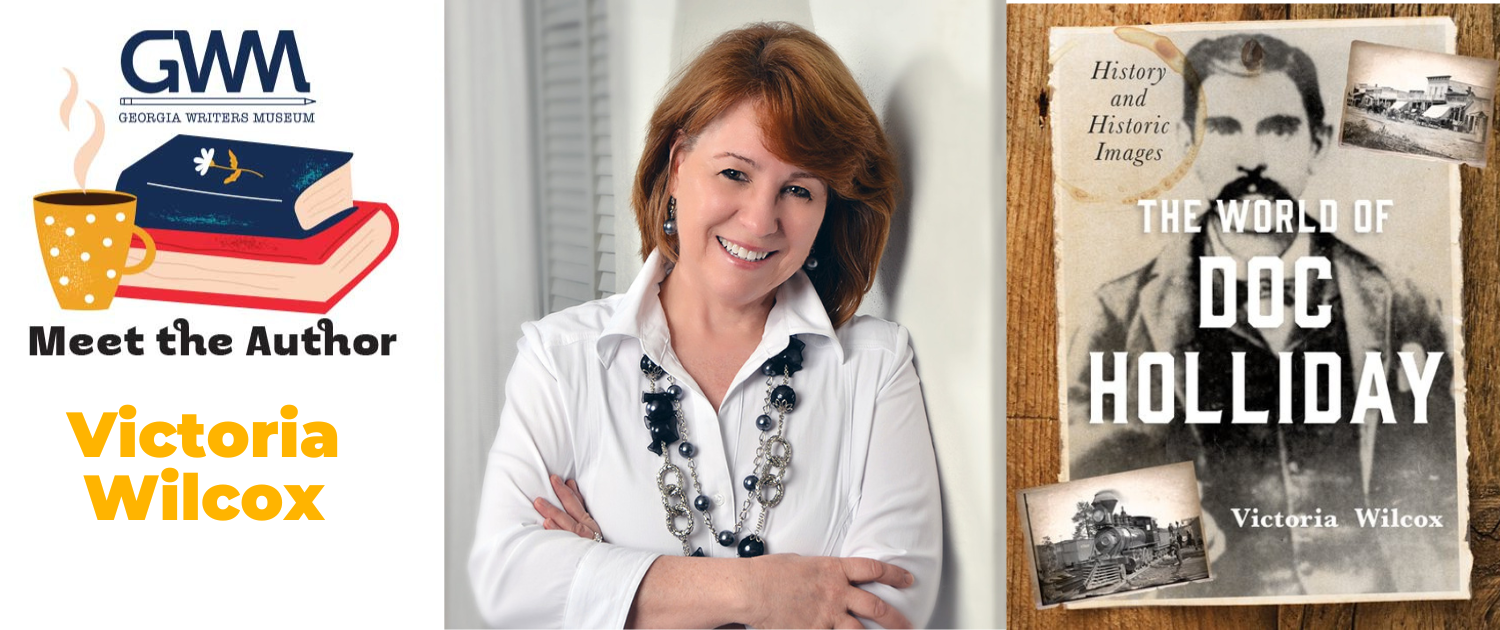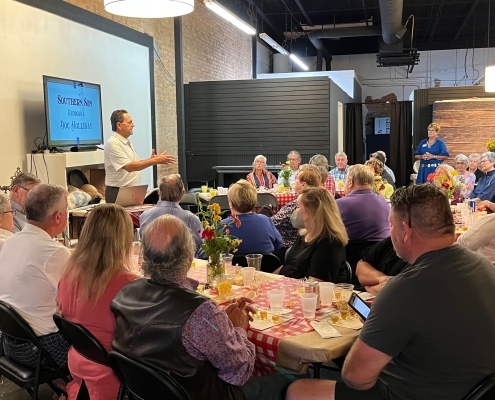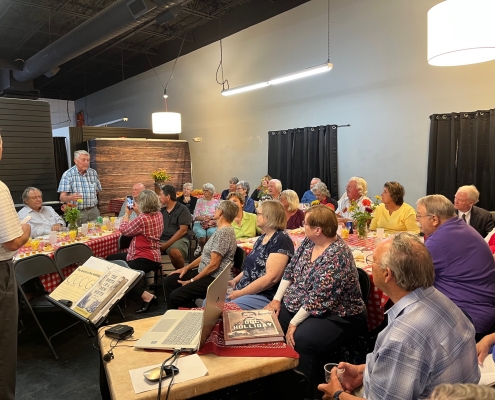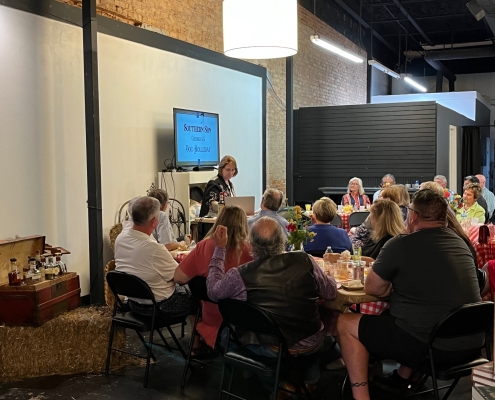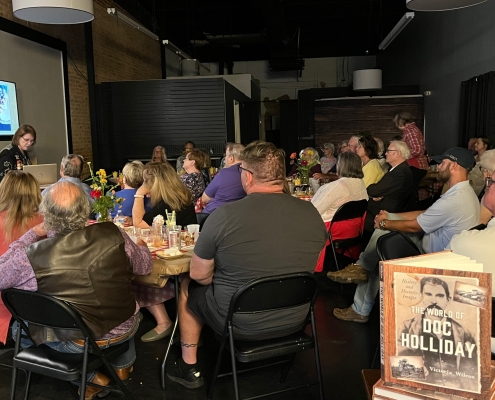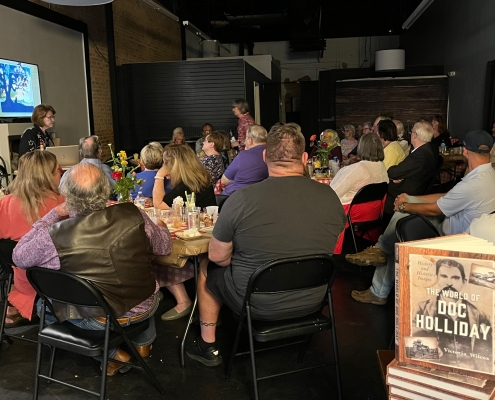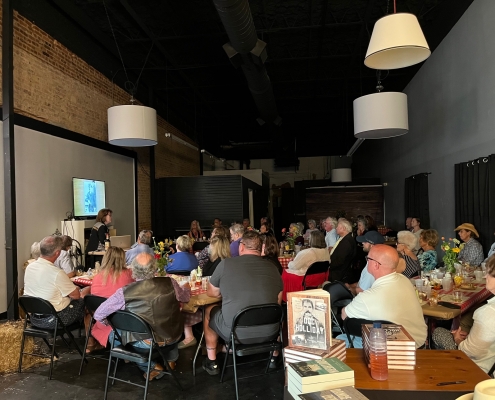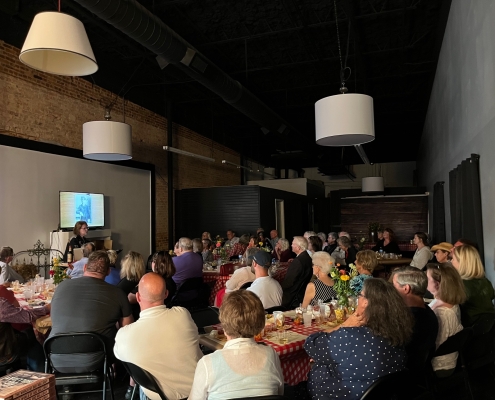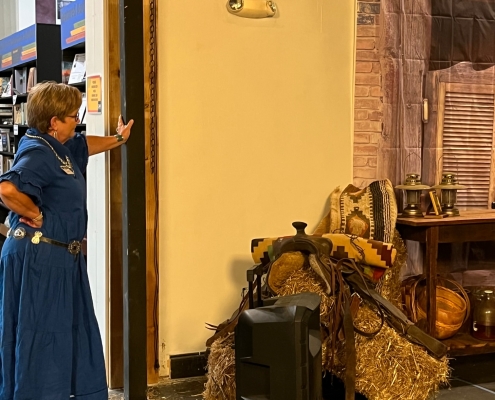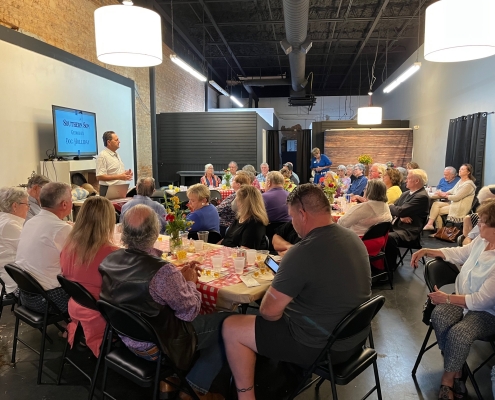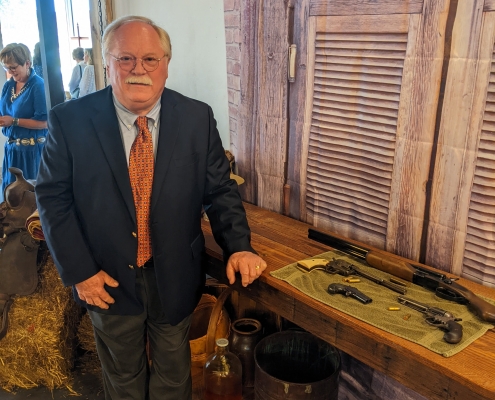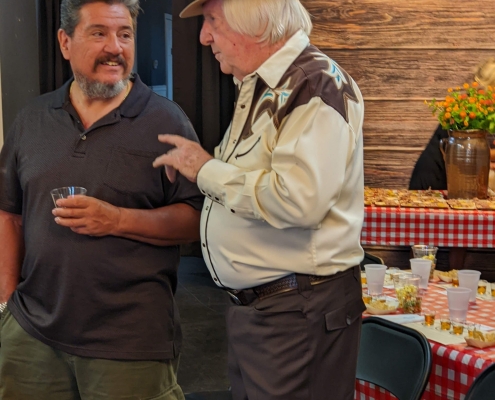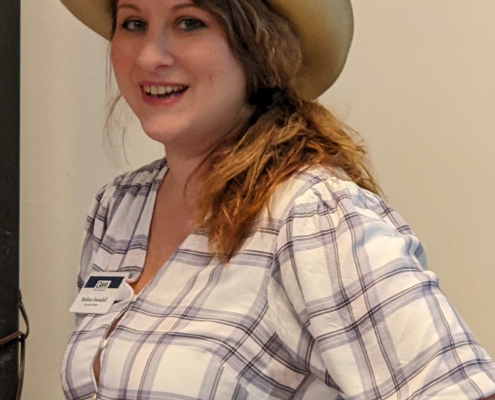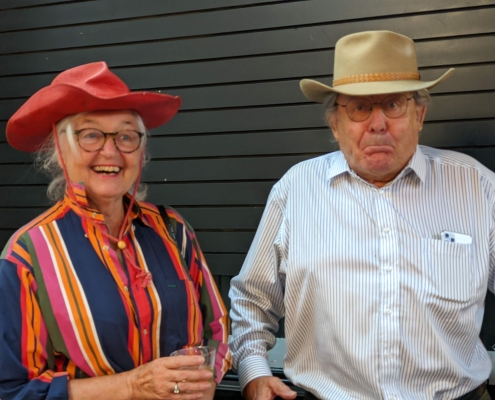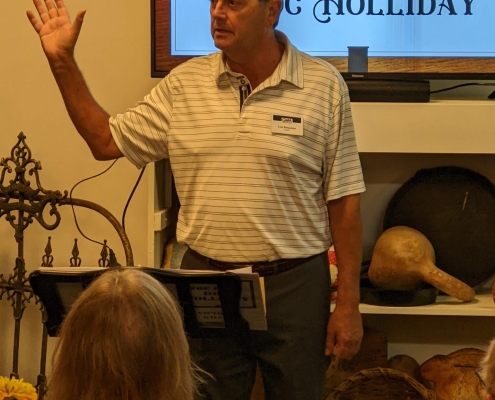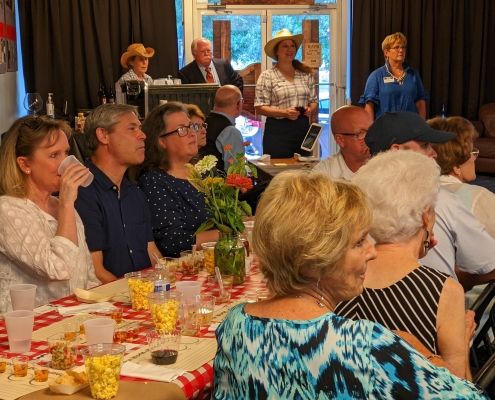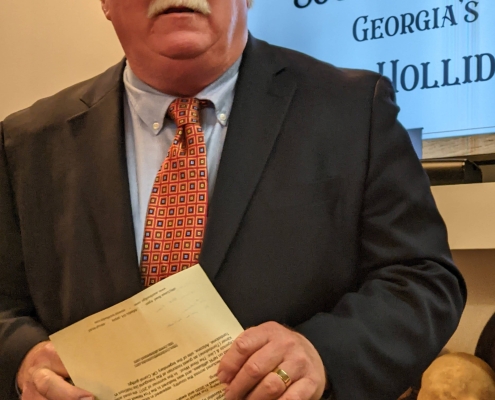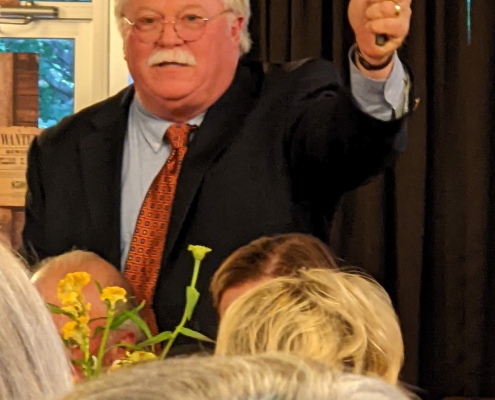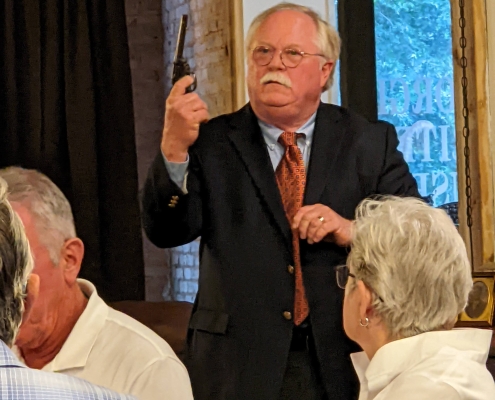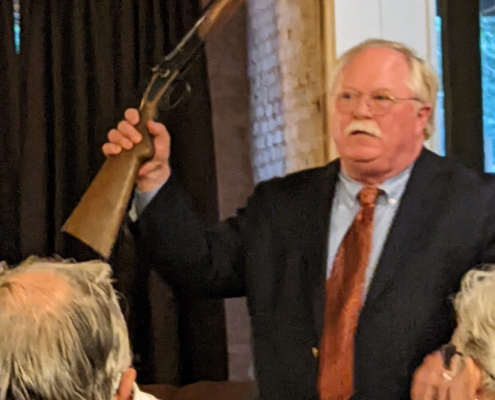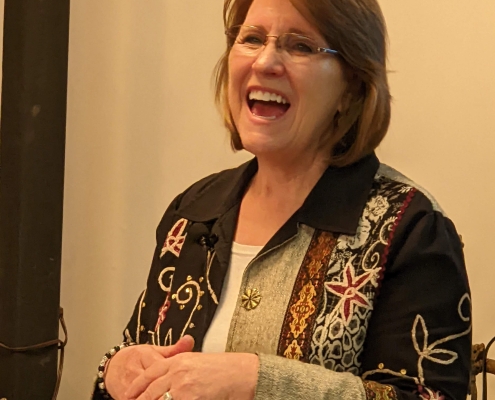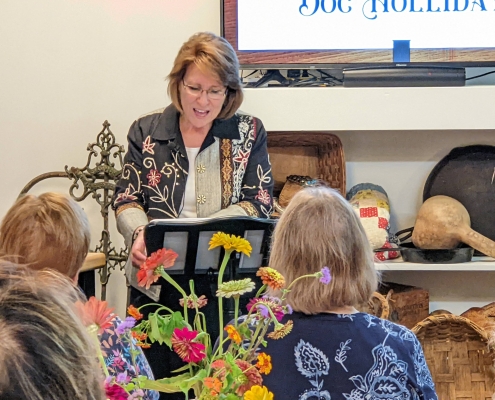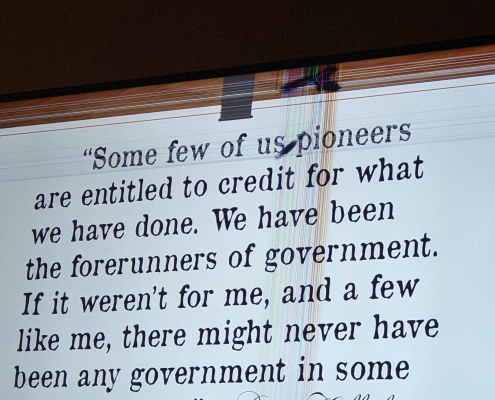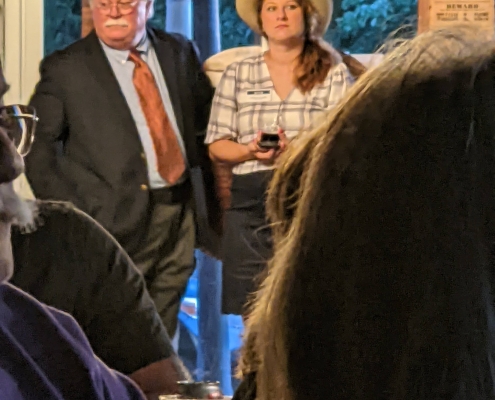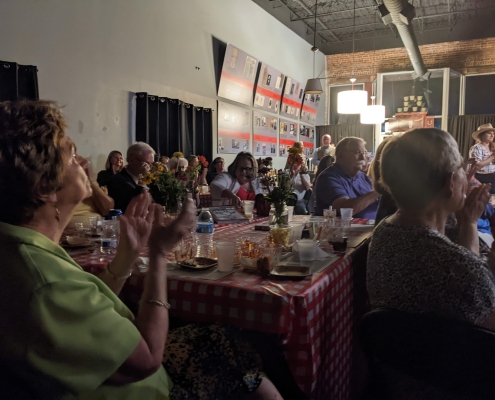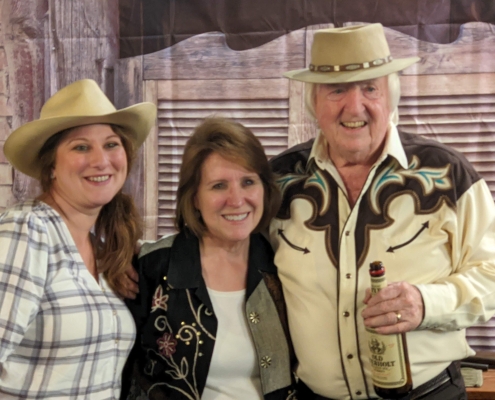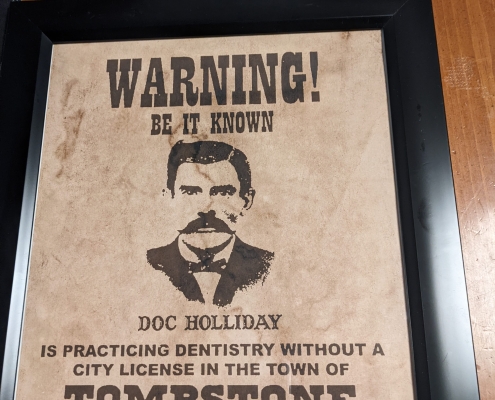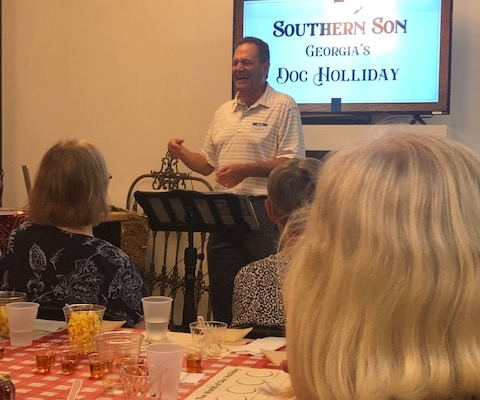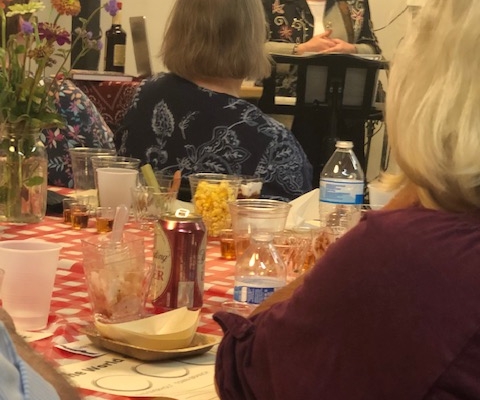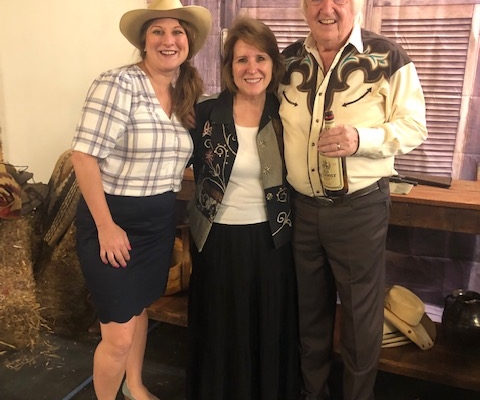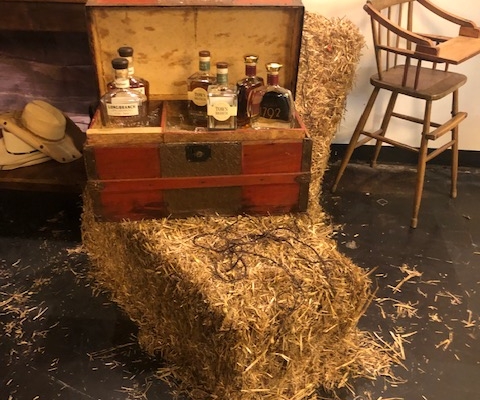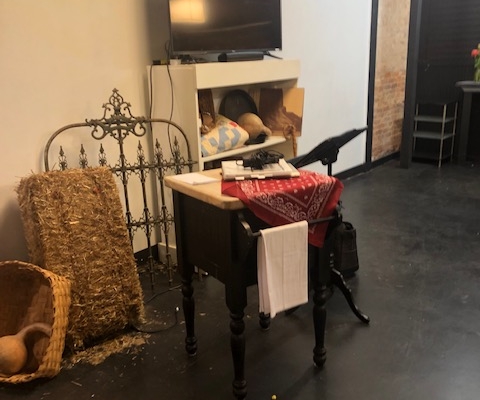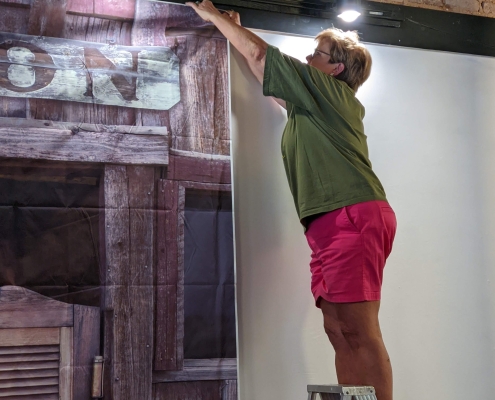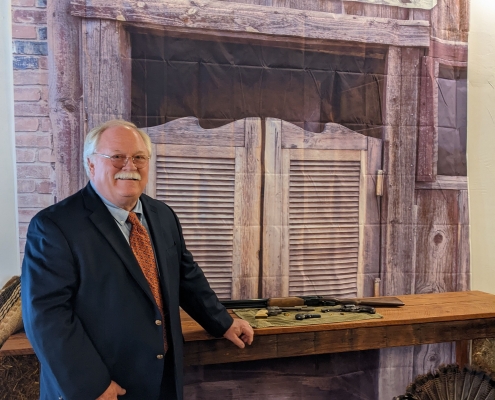The World of Doc Holliday
History and Historic Images
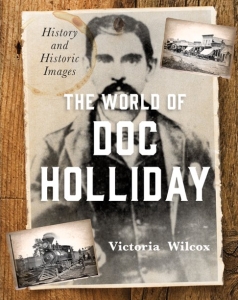 This book began with a ride on the historic Durango & Silverton Narrow Gauge Railroad, the famous scenic train route through the San Juan Mountains of Southwestern Colorado. I was on a book tour and headed to the old mining camp of Silverton, high in those mountains, to give a talk about John Henry “Doc” Holliday, who had spent some time gambling there according to a report in an 1885 newspaper. The route was beautiful, the narrow rails clinging to the cliff walls with spectacular views of the Animas River far below—a sight that Doc Holliday had surely also enjoyed on his way to Silverton. And somewhere along the way, I realized that no historian had yet written about Doc’s travel routes—and that most of those travels went by rail, as for most of his life he went where the railroads went or where they were coming and bringing business. He was not a frontiersman, living off the land. He was not a Southern planter living off the labor of slaves who worked the land, although that had been his legacy. He was a modern Victorian man, well-educated and well-trained for a professional career, a man whose life seemed destined to be lived in the cities of nineteenth century America, cities connected by thousands of miles of rail. If his circumstances hadn’t taken a surprising change, sending him West into legend as Doc Holliday, he would likely never have taken part in a posse ride across a Western desert, or taken a stage coach ride across a precipitous Rocky Mountain pass. But even in the West, most of his journeys were made by rail and most of his sightseeing was done from the windows of a railcar.
This book began with a ride on the historic Durango & Silverton Narrow Gauge Railroad, the famous scenic train route through the San Juan Mountains of Southwestern Colorado. I was on a book tour and headed to the old mining camp of Silverton, high in those mountains, to give a talk about John Henry “Doc” Holliday, who had spent some time gambling there according to a report in an 1885 newspaper. The route was beautiful, the narrow rails clinging to the cliff walls with spectacular views of the Animas River far below—a sight that Doc Holliday had surely also enjoyed on his way to Silverton. And somewhere along the way, I realized that no historian had yet written about Doc’s travel routes—and that most of those travels went by rail, as for most of his life he went where the railroads went or where they were coming and bringing business. He was not a frontiersman, living off the land. He was not a Southern planter living off the labor of slaves who worked the land, although that had been his legacy. He was a modern Victorian man, well-educated and well-trained for a professional career, a man whose life seemed destined to be lived in the cities of nineteenth century America, cities connected by thousands of miles of rail. If his circumstances hadn’t taken a surprising change, sending him West into legend as Doc Holliday, he would likely never have taken part in a posse ride across a Western desert, or taken a stage coach ride across a precipitous Rocky Mountain pass. But even in the West, most of his journeys were made by rail and most of his sightseeing was done from the windows of a railcar.By the time I got back home to Georgia, this book was already coming together in my mind. It would be a different kind of Doc Holliday history: a travelogue of his adventures filled with images and anecdotes about the people and places that filled his world. And as the era of rails was also an era of newspapers, much of the story would come from contemporary newspaper accounts and interviews with Doc himself and the people who knew him, a first-hand account of his life. As the book was inspired by a train ride, the chapter titles would be inspired by the names of the railroads Doc traveled—from Georgia to Texas, from Dodge City to Las Vegas, across Arizona and from New Mexico to Colorado and Montana. For Tombstone, after all, was only a short eighteen months of his adventurous life, and there was so much more to Doc Holliday than a gunfight near the O.K. Corral.
Meet the Author

Victoria Wilcox is Founding Director of Georgia’s Holliday Dorsey-Fife House Museum (the antebellum home of the family of Doc Holliday, now a site on the National Register of Historic Places), where she learned the family’s untold stories of their legendary cousin. Her work with the museum led to two decades of original research, making her a nationally recognized authority on the life of Doc Holliday.
Wilcox is the author of the documentary film In Search of Doc Holliday and the historical novel trilogy The Saga of Doc Holliday (Southern Son, Dance with the Devil, Dead Man’s Hand). She twice received Georgia Author of the Year honors and in 2016 was named Best Historical Western Novelist by True West Magazine. Her pictorial biography The World of Doc Holliday: History & Historic Images was released in 2020.
Wilcox has lectured across the country, appeared in local and regional media, guested on NPR affiliates, and was featured in the Fox Network series Legends & Lies: The Real West. She is a member of the Western Writers of America, Women Writing the West, The Wild West History Association, and the Writer’s Guild of the Booth Museum of Western Art and has been a featured contributor to True West Magazine.
In the summer of 2017, Wilcox joined actor Val Kilmer (Tombstone) as guest historian at the inaugural Doc HolliDays in Tombstone, Arizona, site of the legendary OK Corral gunfight. In October of 2019 she returned to Tombstone as guest of the annual Helldorado Days celebration with a special appearance at the Old Tombstone Courthouse State Historic Park.

